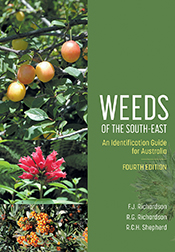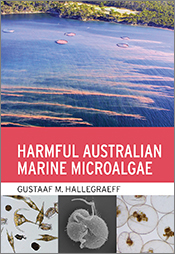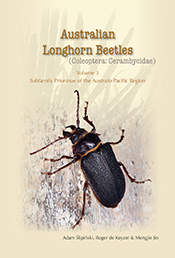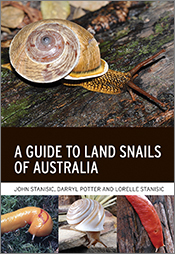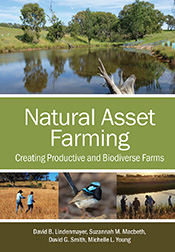Integrated Pest Management for Crops and Pastures
By: Paul Horne, Jessica Page
Describes how to successfully implement IPM in cropping and grazing operations.
Integrated Pest Management for Crops and Pastures describes in straightforward language what is required for farmers to successfully implement Integrated Pest Management (IPM) in cropping and grazing operations. It explains the differences between conventional pesticide-based controls and IPM, and demonstrates the advantages of IPM. + Full description
Effective control of pests depends on a number of approaches, not just chemical or genetic engineering. The opening chapters cover the different approaches to pest management, and the importance of identification and monitoring of pests and beneficials. Most farmers and advisors can identify major pests but would struggle to recognise a range of beneficial species. Without this information it is impossible to make appropriate decisions on which control methods to use, especially where pests are resistant to insecticides.
The book goes on to deal with the control methods: biological, cultural and chemical. The biological control agents discussed include both native and introduced species that attack pests. Cultural changes that have led to an increase in the incidence or severity of pest attack are also examined. The chapter on chemical control describes the different ways chemicals can affect beneficial species, also detailing acute, sub-lethal and transient toxicities of pesticides, drawing on examples from horticulture where necessary.
Finally, the authors bring all the components of integrated pest management together and show farmers how to put their IPM plan into action.
- Short descriptionNews
This title is no longer available in a print edition.
Reviews
“This book provides a simple pathway to the implementation of IPM procedures and demystifies the IPM process. It should be essential reading for every farmer not actively involved in IPM.”
R.G Richardson, Plant Protection Quarterly, Vol. 23, 2008
Details
ePDF | February 2008ISBN: 9780643095625
Publisher: Landlinks Press
Available from eRetailers
Contents
ForewordAcknowledgements
List of tables
List of insect plates
Introduction
Pest management and IPM
Pests
Why do some insects and mites become pests?
Factors that increase pest pressure
Environmental factors beyond our control
Thresholds
Descriptions of pest species
Biological controls
Definitions
Descriptions of beneficial species
Cultural controls
Definitions
Examples of cultural control
Integration of cultural controls
Chemical (pesticide) controls
Introduction
Effects of pesticides on beneficial species
Pesticides and organics
Pesticides and IPM
Monitoring and getting started
What to look for
Selecting your first IPM paddocks
Specific examples of monitoring with some selected scenarios
Case studies and examples
Further sources
References
Index



